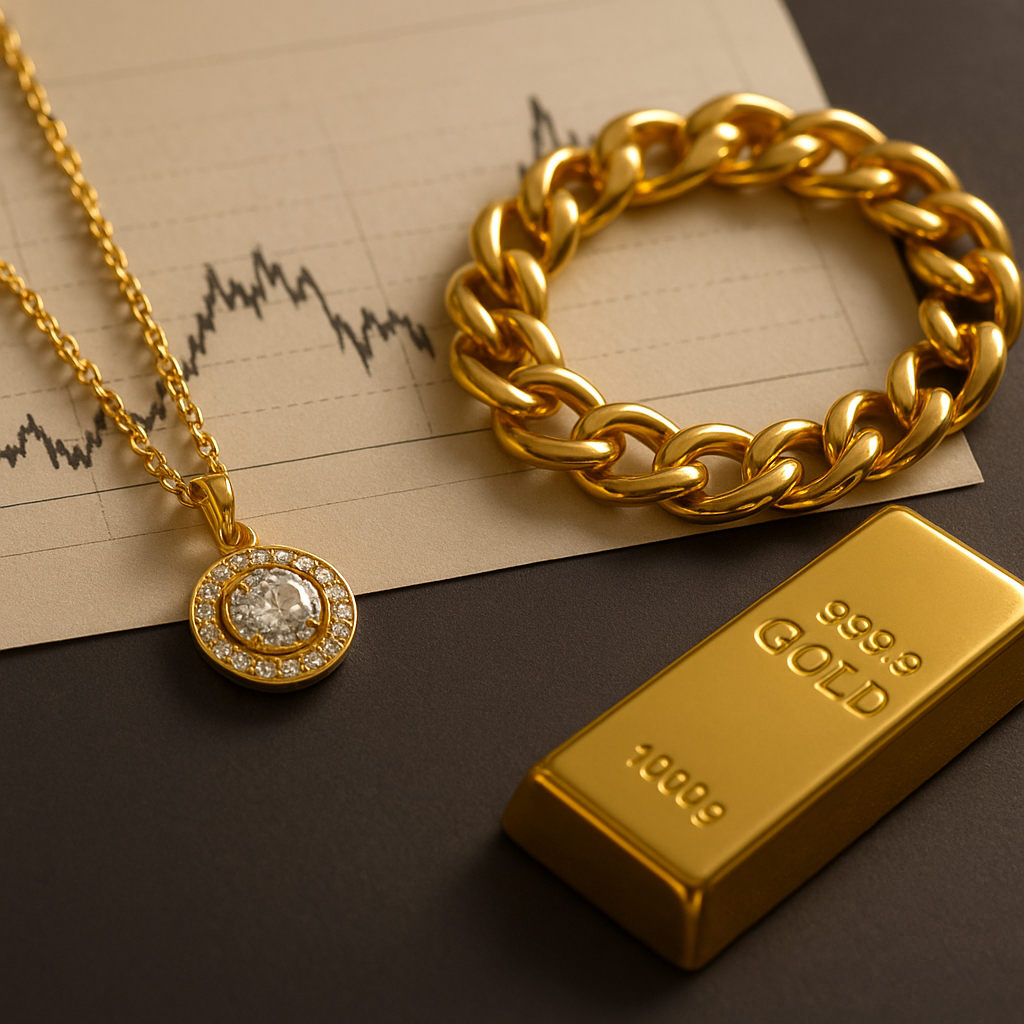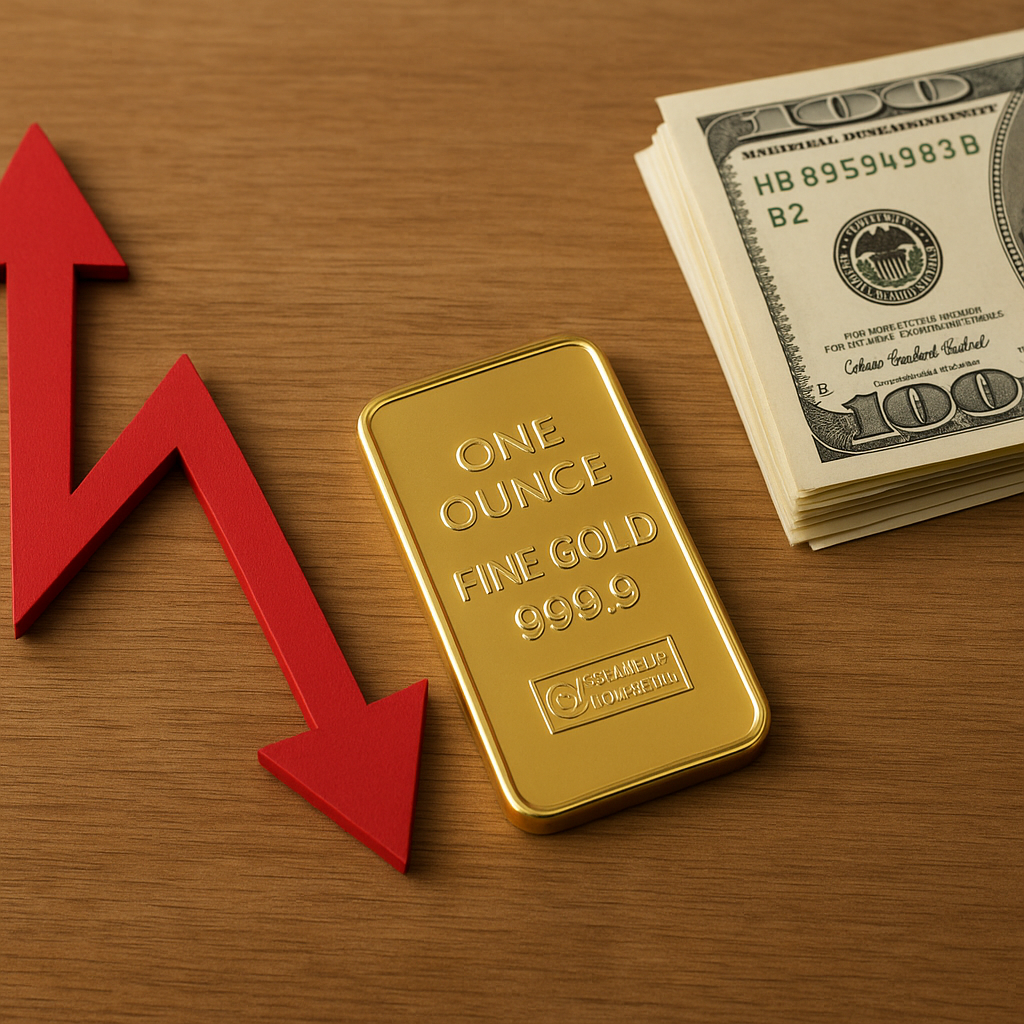Gold has long been considered a safe haven for investors, especially during times of economic uncertainty. One of the key factors influencing the price of gold is inflation. Understanding how inflation affects gold prices is crucial for investors looking to hedge against economic instability. This article delves into the intricate relationship between inflation and gold prices, exploring the historical context, current trends, and future implications.
Understanding Inflation and Its Impact on Gold Prices
Inflation is the rate at which the general level of prices for goods and services rises, eroding purchasing power. Central banks attempt to limit inflation, and avoid deflation, in order to keep the economy running smoothly. However, when inflation rises, it can have a significant impact on various asset classes, including gold.
Gold is often seen as a hedge against inflation. When inflation increases, the value of currency typically decreases, leading investors to seek out assets that will retain their value. Gold, with its intrinsic value and historical significance, becomes an attractive option. As demand for gold increases, so does its price.
Historically, there has been a positive correlation between inflation and gold prices. During periods of high inflation, such as the 1970s, gold prices soared as investors sought to protect their wealth. Conversely, during periods of low inflation, gold prices have tended to stabilize or even decrease.
Historical Context: Gold Prices and Inflation
To fully understand the relationship between inflation and gold prices, it’s essential to look at historical data. The 1970s provide a clear example of how inflation can drive up gold prices. During this decade, the United States experienced stagflation, a combination of high inflation and stagnant economic growth. As inflation rates climbed, so did the price of gold, reaching unprecedented levels by the end of the decade.
In contrast, the 1980s saw a decline in inflation rates, thanks in part to the monetary policies implemented by the Federal Reserve. As inflation decreased, so did the demand for gold, leading to a stabilization of gold prices. This period highlights the inverse relationship between inflation and the purchasing power of currency, and how gold acts as a counterbalance.
More recently, the 2008 financial crisis and subsequent economic policies led to fears of inflation, driving up gold prices once again. The uncertainty surrounding fiat currencies and the potential for inflationary pressures made gold an attractive investment, resulting in a significant increase in its price.
Current Trends: Inflation and Gold Prices in the Modern Economy
In today’s global economy, the relationship between inflation and gold prices remains as relevant as ever. With central banks around the world implementing unprecedented monetary policies in response to economic challenges, concerns about inflation are on the rise. This has led to increased interest in gold as a hedge against potential currency devaluation.
The COVID-19 pandemic has further complicated the economic landscape, with governments injecting massive amounts of liquidity into the economy to stave off recession. While these measures have been necessary to support economic recovery, they have also raised concerns about future inflationary pressures. As a result, gold prices have experienced significant volatility, reflecting the uncertainty in the market.
Investors are closely monitoring inflation indicators, such as the Consumer Price Index (CPI) and Producer Price Index (PPI), to gauge the potential impact on gold prices. Additionally, geopolitical tensions and supply chain disruptions are contributing to inflationary pressures, further influencing the demand for gold.
Future Implications: Navigating Inflation and Gold Prices
Looking ahead, the relationship between inflation and gold prices is likely to remain a key consideration for investors. As central banks navigate the delicate balance between stimulating economic growth and controlling inflation, gold will continue to play a crucial role in investment strategies.
For investors, understanding the dynamics of inflation and its impact on gold prices is essential for making informed decisions. Diversifying portfolios to include gold can provide a hedge against inflationary pressures and currency devaluation. However, it’s important to consider other factors that can influence gold prices, such as interest rates, geopolitical events, and changes in supply and demand.
In conclusion, the intricate relationship between inflation and gold prices underscores the importance of gold as a strategic asset in times of economic uncertainty. By closely monitoring inflation trends and understanding their implications, investors can better position themselves to navigate the complexities of the modern economy.












